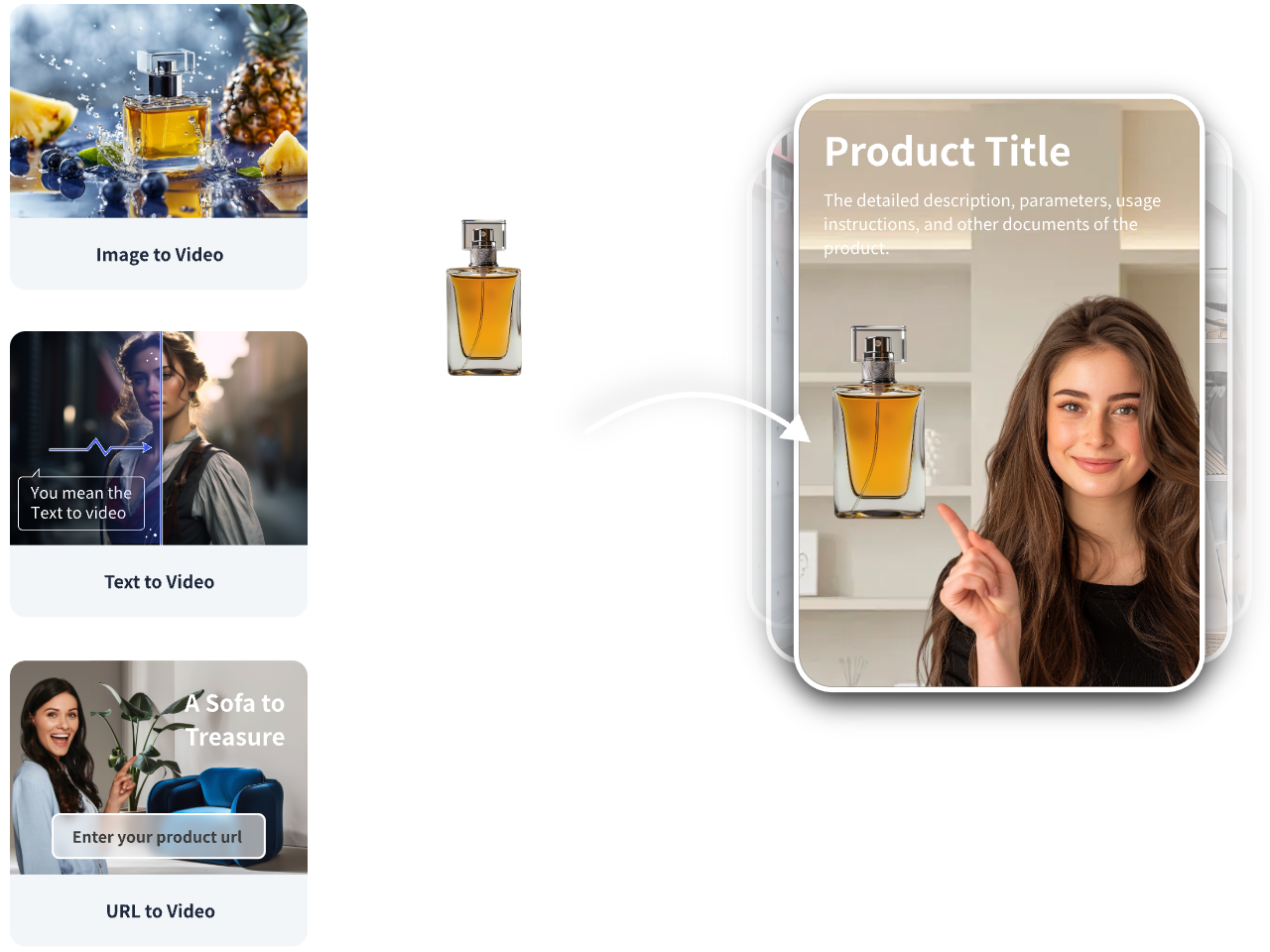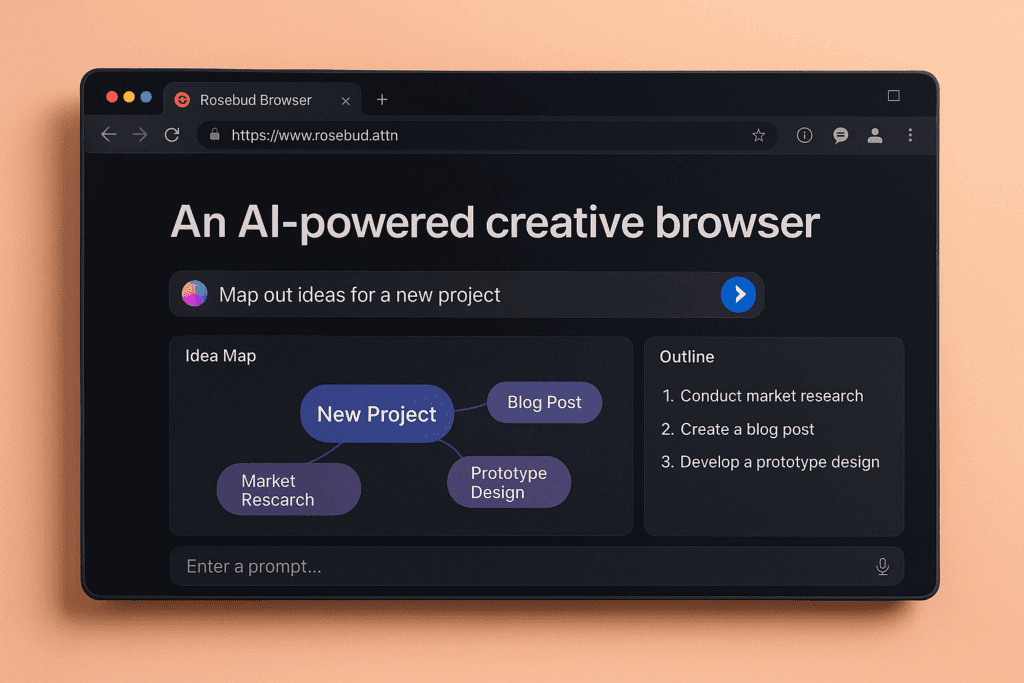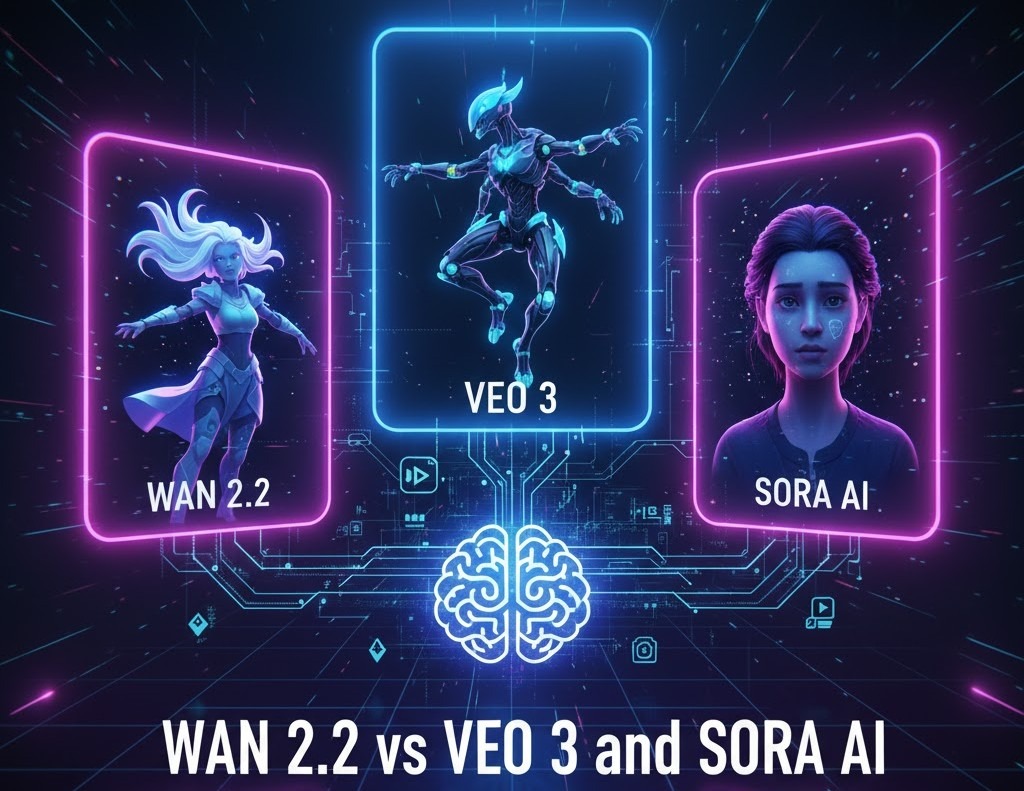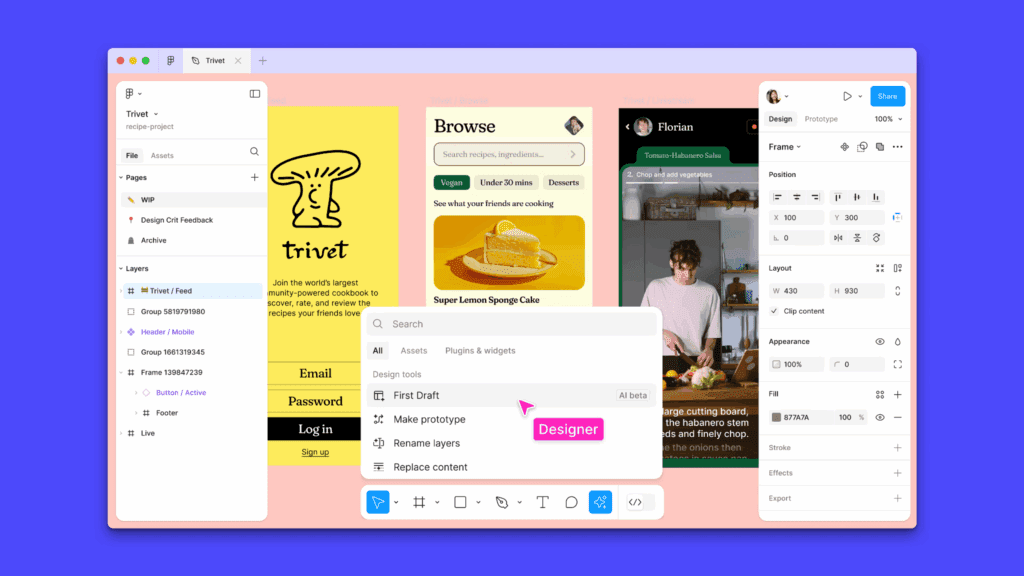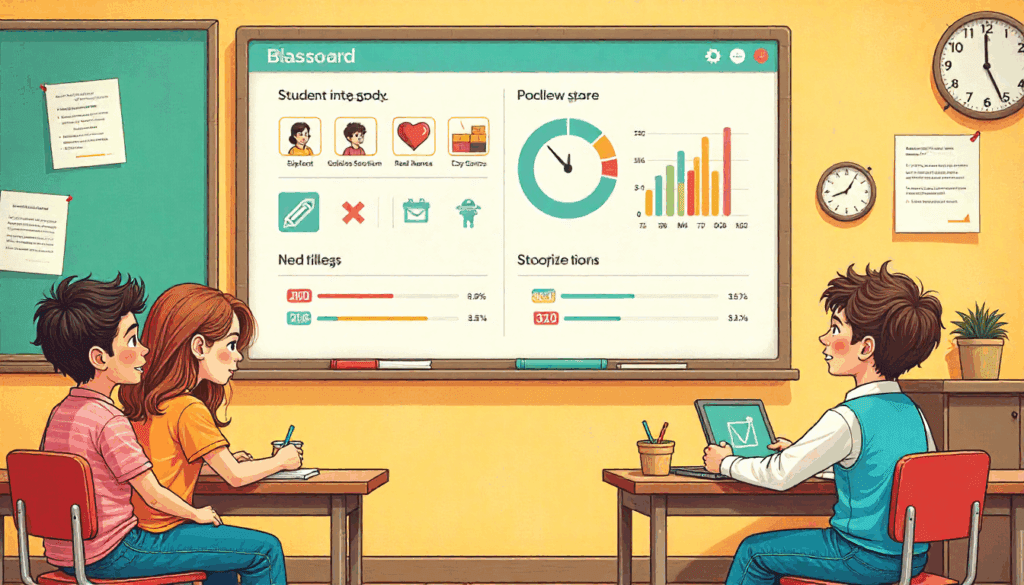LTX Studio 2 Review And How To Get It For Free

You want a clear verdict on LTX Studio 2, plus a simple path to try it without paying. LTX Studio upgraded its engine and workflows in version 2, often called LTX-2 across its site and docs. It adds synchronized audio, higher fidelity targets. Also better speed, quality modes, and tighter control for storyboards and shots. It also offers a free tier with one-time credits. So you can test before you spend. LTX-2 went live in late October 2025. And the team positions it as a complete creative engine for video production.
What Changed From LTX 1 to LTX Studio 2?
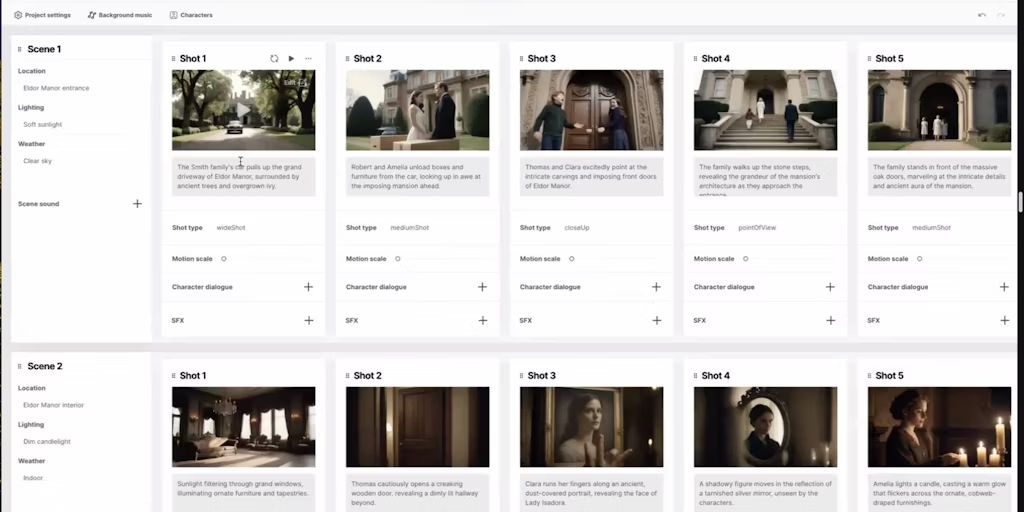
LTX 1 built the concept, script, and storyboard flow in a browser studio. LTX Studio 2 upgrades the model and the app. The new stack generates synchronized audio and video production. It aims at 4K-level fidelity and supports multiple performance modes so you can trade speed for detail. It improves consistency across shots with project-level elements like characters, props, and locations. The workflow still covers scripting, shots, and editing, now with stronger camera control and production-ready outputs.
Why Does LTX Studio 2 Matter Now?
Three shifts define the current video AI market. First, native audio generation is standard at the top end. Second, quality models now expose more control for directors. Third, price and access keep moving toward open or low-friction starts. LTX-2 aligns with all three. It ships native audio, control features, and an open approach. This includes public docs, repos, and a studio workflow the team calls production-ready. That places LTX Studio in the same conversation as OpenAI Sora 2, Google Veo 3.1, and MiniMax Hailuo 2.3.
How Does LTX Studio 2 Compare to OpenAI Sora 2?
Sora 2 focuses on realism, physics, and steerability. OpenAI added longer durations, synchronized audio, and storyboard controls. Sora 2 also ships a consumer app and API access that continue to evolve. If you want the strongest single-shot realism with robust physics and a social-style app, Sora 2 sets a high bar. If you want an integrated studio with built-in script, shot, camera, edit, and a free test path that runs in a browser, LTX Studio 2 is compelling. You can think of Sora 2 as a premium model with growing app features and LTX as a studio built around an advancing foundation model.
How does LTX Studio 2 Compare to Google Veo 3.1?
Veo 3.1 runs through Gemini and Flow. It supports native audio, photo-to-video, and speed-optimized modes. Google added vertical formats and improved pricing in recent months. Veo tends to win when you already use Google’s stack or need fast concept clips with native sound and clean API options. LTX Studio 2 appeals when you want a self-contained creative studio with storyboarding, camera paths, and consistent characters. Plus a direct browser workflow. Many teams test concepts in LTX for free. Then graduate to paid compute or mix in Veo for specific looks via an API.
How Does LTX Studio 2 Compare to MiniMax Hailuo 2.3?
Hailuo 2.3 pushes motion quality and lifelike dynamics at native 1080p. The MiniMax stack keeps improving speed and physics and is popular for energetic motion, cosplay styles, and dynamic action. LTX Studio 2 focuses on the end-to-end studio flow and controllability. With synchronized audio, higher fidelity roadmaps, and project consistency. If your priority is fast, dynamic shots and physics-aware motion at 1080p, Hailuo is strong. If you need a full production pipeline with elements that carry across scenes and a clear free entry point, LTX Studio 2 fits.
What Does LTX Studio 2 Do Well Day One?
- Production workflow in one place. Script to storyboard to shots to edit, all inside a single browser app.
- Audio and video in sync. Useful for previews, animatics, and social cuts without extra passes.
- Control and consistency. Elements, camera moves, and project-level assets keep scenes aligned.
- Open posture. Public blog and repo activity, with messaging around open access and efficiency.
Where Does It Still Need Work?
- Long-form continuity still demands careful planning. You will still storyboard key beats to avoid drift.
- Final sound often needs a mix pass. Native audio is helpful, but teams still polish in a DAW.
- 4K delivery depends on render modes and will evolve. Many workflows still finish at 1080p or upscale.
How Do You Get LTX Studio 2 For Free?
You sign up on the LTX Studio site and start on the free tier. New accounts receive a one-time pool of computing seconds or credits. You can generate images and videos, test camera controls, and build storyboards. The free pool is for personal use only. It does not renew. When you need more, you add a paid plan. Watch for seasonal promos. The company and partners sometimes offer extra credits to trial features, though those promos come and go.
Step-By-Step Free Start
- Create an account on LTX Studio.
- Open a new project and pick a workflow, for example text-to-video or script-to-video.
- Spend your free credits on short tests. Start with 3 to 5 second clips to conserve compute.
- Lock style and characters with Elements before you scale length.
- Export drafts, review motion and audio sync, then decide if you need a paid tier.
Which Plan Should You Pick After The Free Credits?
Go Lite if you create a few drafts per week and want predictable usage. Go Standard or Pro if you need commercial rights, team seats, and access to external models like Veo. If you already use Google’s Gemini stack, run a Veo 3.1 path for API-driven scenes and keep LTX for pre-viz and editorial. If you favor Sora 2 for physics and realism, plan to storyboard in LTX, then hand off hero shots to Sora 2 and finish audio in a DAW.
What Does The Learning Curve Look Like?
You can produce a coherent animatic in a single session if you follow a tight scope. Keep the first pass short. Write a five-beat outline. Lock your look with a style reference. Keep character count low. Use camera prompts rather than accepting defaults. Save your free credits for shot-level tweaks. That approach mirrors the best results seen across LTX, Sora, Veo, and Hailuo as teams learn each model’s strengths.
Which tool should you choose today?
Pick LTX Studio 2 if you want a studio that spans script, shots, edit, and native audio with a free trial and clear upgrade path. Pick Sora 2 if you need the sharpest physics and cutting realism and can work inside its app or API model limits. Use Veo 3.1 if you want clean API access in Google’s stack and fast native-audio drafts for social formats. Pick Hailuo 2.3 if you want motion-heavy 1080p clips with strong physics and a growing style library. You can also mix them. Many teams block in LTX Studio, render hero shots in Sora 2 or Veo, and use Hailuo for dynamic motion inserts.
Side-By-Side Comparison
| Model or studio | Core strength | Audio | Typical output | Control and tools | Free entry |
| LTX Studio 2 | End-to-end studio, elements, camera paths | Native, synchronized | High-fidelity targets, 1080p today, roadmap to 4K modes | Script, storyboard, shots, editor in browser | Yes, one-time credits, personal use |
| LTX Studio 1 | Storyboard-to-edit pipeline, early studio flow | Limited, external pairing common | 720p to 1080p drafts, lower consistency | Basic shot generation, lighter camera control | Periodic trials, no standing free tier |
| Sora 2 | Realism, physics, steerability | Native, synchronized | 10–25 s per shot depending on tier | App, storyboard beta, character features | Access varies by region and tier |
| Veo 3.1 | Speed options, Gemini and Flow integration | Native | 8 s fast paths, higher quality via API, vertical support | Gemini API, Flow editing features | Time-limited promos, paid preview |
| Hailuo 2.3 | Motion quality, lifelike dynamics at 1080p | Varies by host product | Native 1080p with strong motion | Presets for action and cosplay styles | Service-dependent free trials |
Sources for features and access windows are linked at the end of this paragraph.
Who Is LTX Studio 2 Best For?
- Content teams that want a single browser studio from concept to cut
- Agencies that need fast animatics with consistent characters across shots
- Solo content creators who want to test projects on a free tier before committing
- Educators and students who need a low-risk way to prototype video ideas
Who Should Look Elsewhere First?
- VFX shops that require maximum physics accuracy and hero-grade realism right now should test Sora 2 first.
- Teams already standardized on Gemini APIs should start with Veo.
- Creators who want kinetic motion at native 1080p with strong physics out of the box should try Hailuo.
Practical Tips To Stretch Free Credits
- Limit early clips to 3 to 5 seconds.
- Reuse elements and style presets to avoid full re-generations.
- Consolidate changes and render once per shot.
- Use low-cost performance modes to iterate, then switch to quality for finals.
- Export references and test audio timing before you commit longer clips.
Conclusion
LTX Studio 2, built on the LTX-2 model, is a strong step up from LTX 1. It meets the moment with synchronized audio, stronger fidelity goals, and a studio flow that puts script, shots, and edit in one place. It also offers a clean free start through one-time credits, which makes it easy to test. If your workflow values speed to first cut and an integrated studio, LTX Studio 2 delivers. If your priority is maximum realism and physics, or full API access inside an existing stack, add Sora 2 or Veo 3.1 to your toolkit, and bring Hailuo 2.3 in for dynamic motion.
Frequently Asked Questions
1. What is LTX Studio 2 (LTX-2)?
A major upgrade adding native, synchronized audio, higher-fidelity targets, speed/quality modes, and tighter storyboard/shot control in a browser studio.
2. What changed from LTX 1 to LTX Studio 2?
New model + app: synced audio-video, project Elements for consistent characters/props/locations, better camera control, and more production-ready outputs.
3. When did LTX-2 launch?
Late October 2025, positioned as a complete creative engine for end-to-end video production.
4. Does LTX Studio 2 have a free tier?
Yes—new accounts get a one-time pool of credits/compute seconds for personal testing (does not renew).
5. How do I get LTX Studio 2 for free?
Sign up → create a project → run 3–5s test clips to conserve credits → review motion/audio → upgrade only if needed.
6. How can I stretch my free credits?
Keep early clips short. Reuse Elements/styles. Iterate in speed mode. Render finals in quality mode. And batch changes before re-renders.
7. What fidelity and formats can I expect?
1080p is common today with a roadmap to 4K modes. Many teams finish at 1080p or upscale after locking motion and timing.
8. How does LTX-2 compare to OpenAI Sora 2?
Sora 2 leads on realism/physics and premium single shots. LTX-2 wins as an integrated script to shots to edit studio with a free test path.
9. How does LTX-2 compare to Google Veo 3.1?
Veo 3.1 fits Google’s API/Gemini stack and fast concept clips. LTX-2 suits full studio control with storyboards, camera paths, and consistent characters.
10. How does LTX-2 compare to MiniMax Hailuo 2.3?
Hailuo 2.3 excels at dynamic, physics-aware 1080p motion; LTX-2 focuses on pipeline control, synced audio, and browser-based production.
